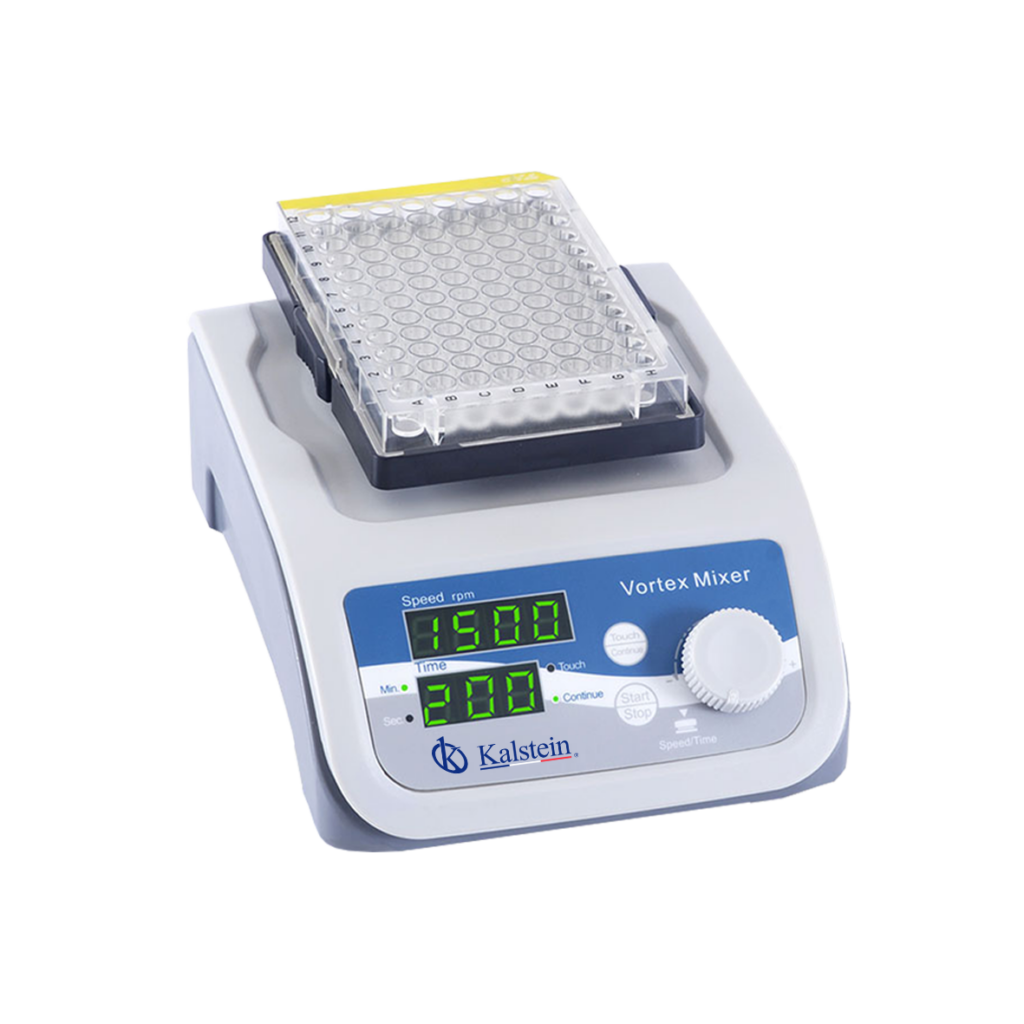The agitators of laboratory are called an agitator that, due to its properties, is used in a laboratory. The main task of laboratory agitators is to stir liquid media. Thanks to different processes and types of agitation, laboratory agitators can perform different processes, such as crystallize, fumigate, homogenize, etc.
The term “laboratory agitators” encompasses, among others, magnetic stirrers, vertical agitators, hand agitators and other agitation systems. Laboratory agitators are usually composed of at least two components. The main part of the laboratory agitators is the propulsion system. The propulsion system is also referred to as the motor of laboratory agitators.
The second important component of laboratory agitators is the rod. The rod is the part that transmits the movement of the motor to the medium. Depending on the medium and the process, laboratory agitators have different functions and possibilities. The induction laboratory agitators work with a fixed number of revolutions. The revolutions are indicated in r.p.m. (revolutions per minute).
A higher level of laboratory agitators are laboratory agitators with revolutions adjustment. Depending on the type of laboratory agitators, it can be a continuous or tiered adjustment. Depending on the medium and the quantity, there are laboratory agitators with different forces of revolutions (torque). The indication of the torque force is shown in Ncm (Newton centimeters). Here also there are laboratory agitators with fixed torque and free adjustment. There are also laboratory agitators that record torque variations and indicate such changes to the user.
Another extension of the laboratory agitators are laboratory agitators with software. These laboratory agitators can be remotely controlled and document the processes. Other criteria for the propulsion system of laboratory agitators are, for example, space requirements, noise development, safety, reliability and handling. As the laboratory agitators are not only composed of the propulsion system, there are several rods for the laboratory agitators.
Only the correct combination between the propulsion system and the rod allows an optimal development of the laboratory agitators. The rods generate different flows in the middle due to their different types of construction and must take into account the different possibilities of the propulsion system. There are rods such as flat paddle agitators, crescent agitators, propeller agitators, turbine agitators, anchor-type agitators and other forms. For the attachment of the rods the laboratory agitators have a continuous mandrel that allows to regulate the depth of the mixture. Other useful spare parts for laboratory agitators are, for example, tripods, splash guards, remote controls, heaters, sensors, etc.
Additional information
The advantage of laboratory agitators that are used directly is its very simple operation. The agitation speed of the laboratory agitators is regulated by means of keys on the front. The control electronics are compact and small, and integrated into the housing. Simple agitation plates are a simple alternative to complex laboratory agitators.
Remote controlled laboratory agitators are very resistant mechanically, physically and chemically. The high reliability of the laboratory agitators is due to the transfer of the control electronics to an additional housing. This makes it possible to use laboratory agitators at high temperatures, even in water baths (up to + 95 ° C) and air (up to + 200 ° C) and to expose them to aggressive gases and vapors. The simple integration of remotely controlled agitation elements, as well as the possibility of ergonomic handling, such as in the form of fixed drills, must also be taken into account.
At Kalstein we present agitators of the highest quality that will allow you to obtain much more reliable results in your laboratory. That’s why we invite you to visit HERE

